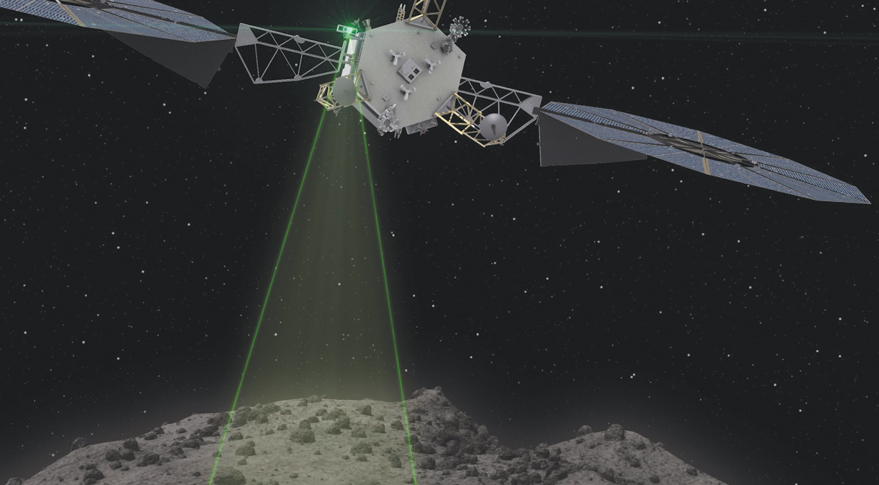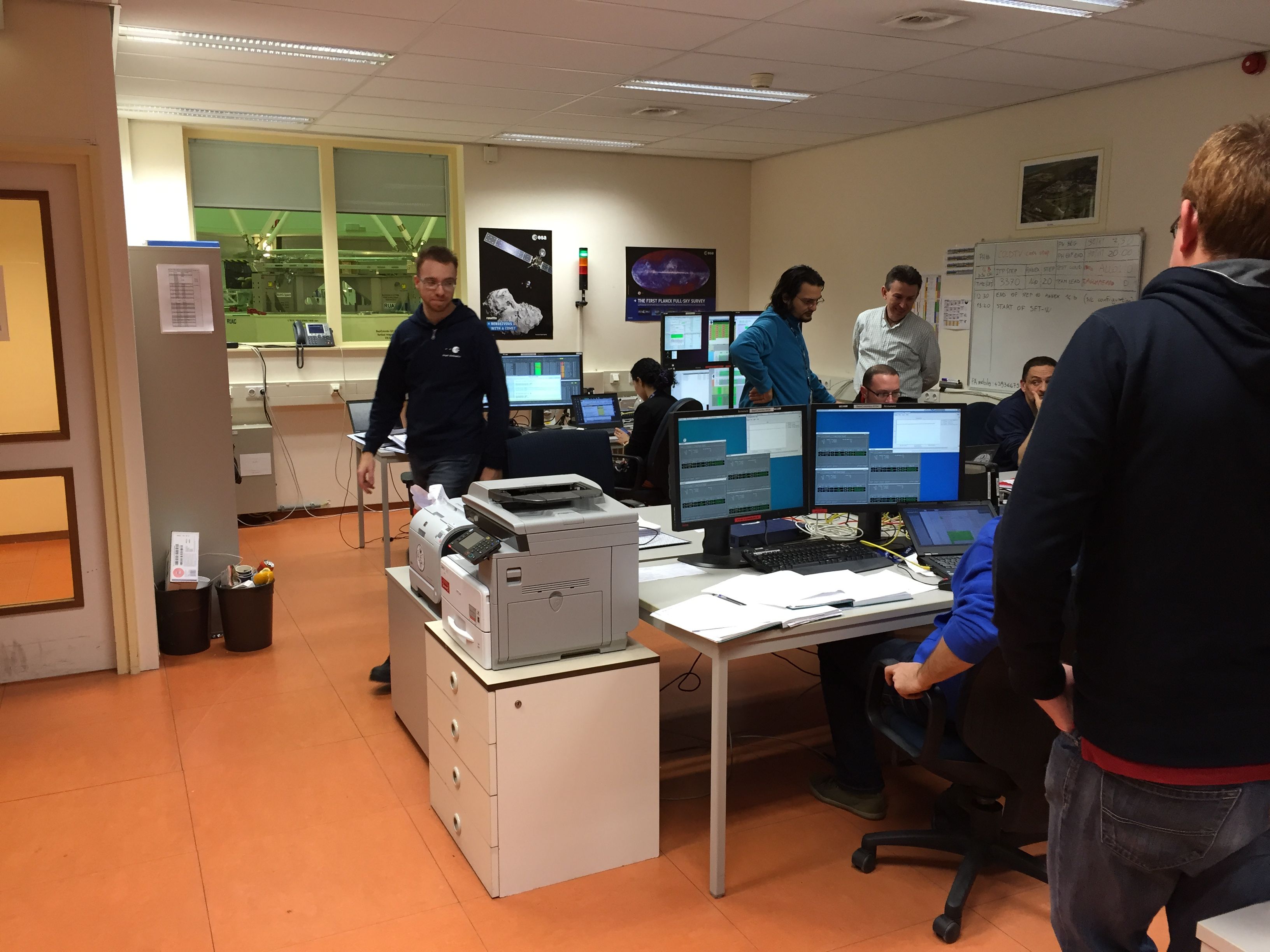Also this year we are @ Bergamo Scienza Festival with fantastic 3D news
visit..
https://www.bergamoscienza.it/en
Asteroid Redirect Mission (ARM)
http://www.nasa.gov/mission_pages/asteroids/initiative/index.html
http://www.asi.it/it/news/arm-e-journey-mars
First light for ExoMars
http://www.esa.int/Our_Activities/Space_Science/ExoMars/First_light_for_ExoMars
http://www.media.inaf.it/2016/04/14/exomars-guarda-le-stelle/

ExoMars first light
Just finished the SVT tests performed on tuesday (1.03.2016) night by our team.
Update of the Mercury Planetary Orbiter (MPO) of the BepiColombo mission in ESTEC (Netherland):
In this image we can see the MPO in the ESA clean room in Estec. The two engineers in the image are starting some measurements on the SIMBIO-SYS baffles visible the satellite wall looking at the floor.
ROSETTA
LAYERS EVERYWHERE ON COMET 67P
M.Massironi, E.Simioni, F.Marzari, G.Cremonese and the OSIRIS team, Nature, September 2015
Two comets collided at low speed in the early Solar System to give rise to the distinctive ‘rubber duck’ shape of Comet 67P/Churyumov–Gerasimenko, this is the main hypothesis described in the last paper on Nature using the OSIRIS images.
By using high-resolution images taken between 6 August 2014 and 17 March 2015 to study the layers of material seen all over the nucleus, they have shown that the shape arose from a low-speed collision between two fully fledged, separately formed comets.
This is completely new and it shed new light on the origin of the comet 67P, and in general on comets.
“You can imagine the layering a bit like an onion, except in this case we are considering two separate onions of differing size that have grown independently before fusing together.” Says Matteo Massironi….
To reach their conclusion, Matteo and his colleagues first used images to identify over 100 terraces seen on the surface of the comet, and parallel layers of material clearly seen in exposed cliff walls and pits. A 3D shape model was then used to determine the directions in which they were sloping and to visualise how they extend into the subsurface.
It soon became clear that the features were coherently oriented all around the comet’s lobes and in some places extended to a depth of about 650 m.
Broadly speaking, layers of material should form at right angles to the gravity of an object. The team used models to compute the strength and direction of the gravity at the location of each layer.
In one case, they modelled the comet as a single body with a centre of mass close to the neck. In the other, they worked with two separate comets, each with its own centre of mass.
The team found that orientation of a given layer and the direction of the local gravity are closer to perpendicular in the model with two separate objects, rather than in the one with a single combined nucleus.
“This points to the layered envelopes in the comet’s head and body forming independently before the two objects merged later.
“It must have been a low-speed collision in order to preserve such ordered strata to the depths our data imply,” concludes Matteo.

Fig. 1 The main body. a) Overview of the Seth region showing lineated cliffs and terraces. Other regions and the location of landing site candidate A are also shown. Dashed square: location of figure 2e. b) Lateral view of site A with Seth terraces in the background (white arrows). Note strata within the pit at site A margin. c) Seth-Anubis contact. Dashed white lines: strata. Long white arrow: terrace in Atum region. Small white arrows: terrace margin in Anubis. d) WAC view of Imhotep-region. The plateau structure B and the stratification of bounding regions (white arrows) are evident; e) NAC view of Imhotep stair-case terraces (white arrows) extending underneath Imhotep southern boundary strata. (Credit of Nature)

Fig. 2 The head. a) Hathor region: strata (dashed red lines) and fractures (dashed blue lines). In the foreground the cuesta-like morphologies of Ash and Babi regions are visible. No abrupt change of strata orientation occurs between Hathor and Ma’at. b) Stratification at Hathor-Anuket boundary. Terraces (white arrows) show that strata are continuously changing their orientation. c) WAC overview of Anuket. The dashed white line underlines the scarp where Anuket extends underneath Ma’at. d) NAC view of Serquet and Nut regions: Serquet terraces (white arrows) are parallel to Nut planar region. (Credit of Nature)

Fig. 3 3D views of 67P/C-G nucleus and strata: entire nucleus (a) and separated lobes (b). Best-fitting planes derived from strata are shown with the complete shape (left) and alone (right). The colour scale-bar indicates the angular deviation between the plane vector and the local gravity vector calculated for the whole body (a) and the separated lobes (b). (Credit of Nature)
BEPICOMBO
http://www.media.inaf.it/2015/04/28/simbio-sys-pronto-per-bepi-colombo/
Acceptance of SIMBIO-SYS in ESA-ESTEC on 20th of April before the integration in the spacecraft.
(photo courtesy by ESA, ASI, SES)
 The three channels, on the left VIHI and STC in the same structure; on the right HRIC; on the top HRIC baffle |
 The technicians are unpacking SIMBIO-SYS after the delivery in ESTEC |
 Detail of one aperture of STC |
 HRIC aperture detail |
Our team involved in the Thermal-Vacuum Tests of MPO- Bepicolombo @ ESTEC
http://www.esa.int/spaceinimages/Images/2014/11/Moving_BepiColombo_into_ESA_s_space_simulator
http://www.cosmos.esa.int/web/bepicolombo
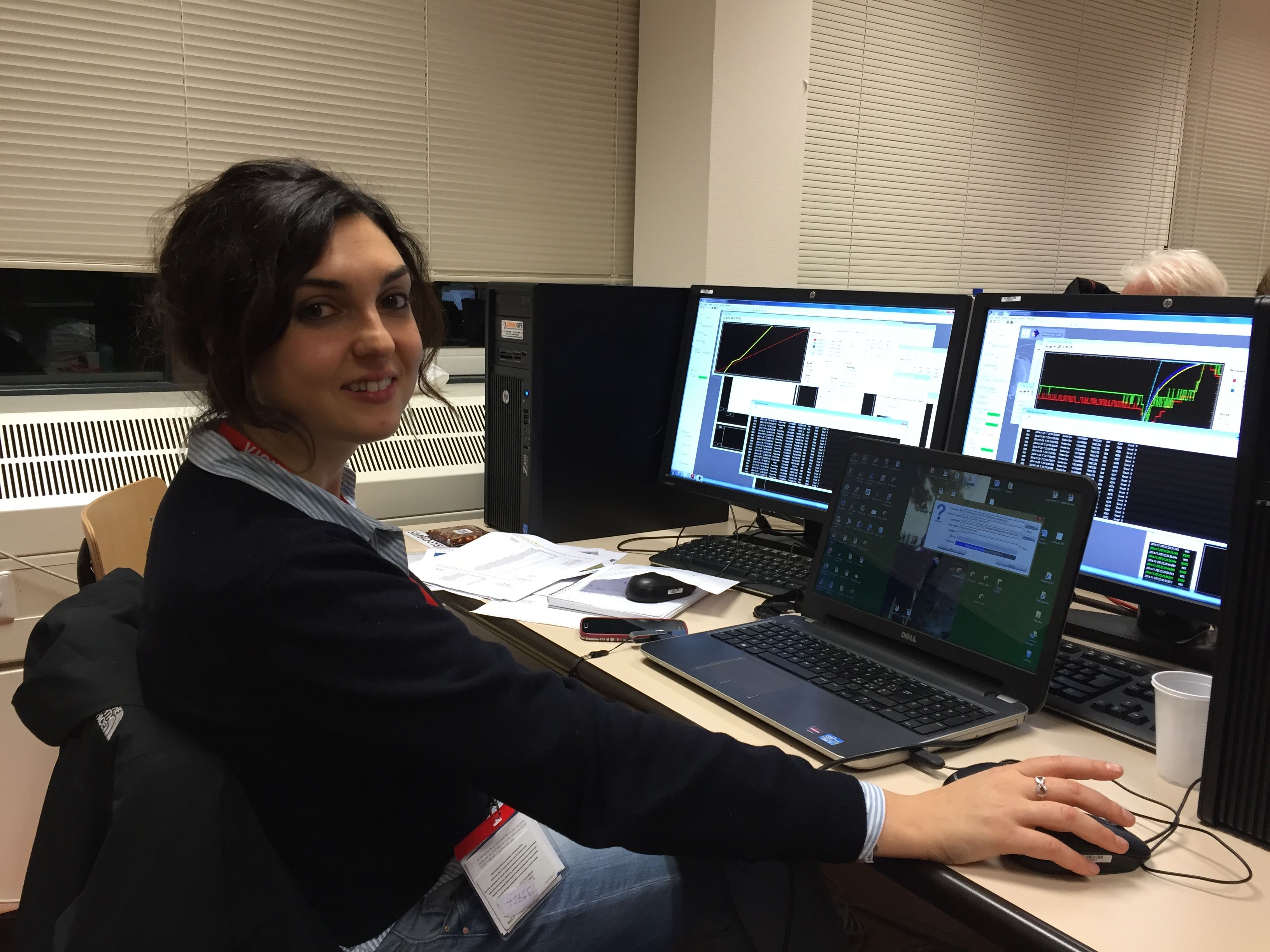 Cristina Re @desk Cristina Re @desk |
|
 Gabriele Cremonese @desk Gabriele Cremonese @desk |
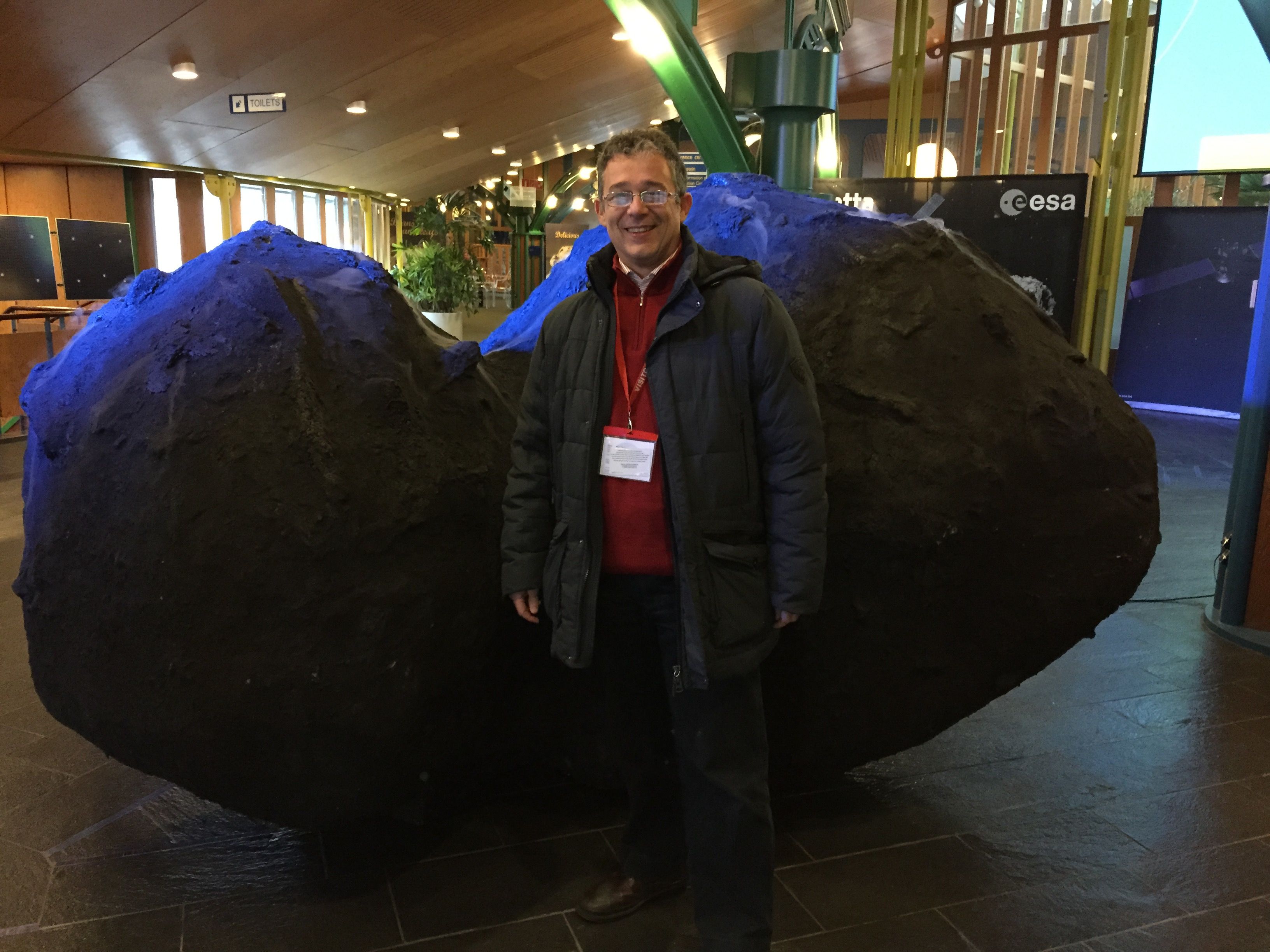 Gabriele Cremonese and the Comet Gabriele Cremonese and the Comet |
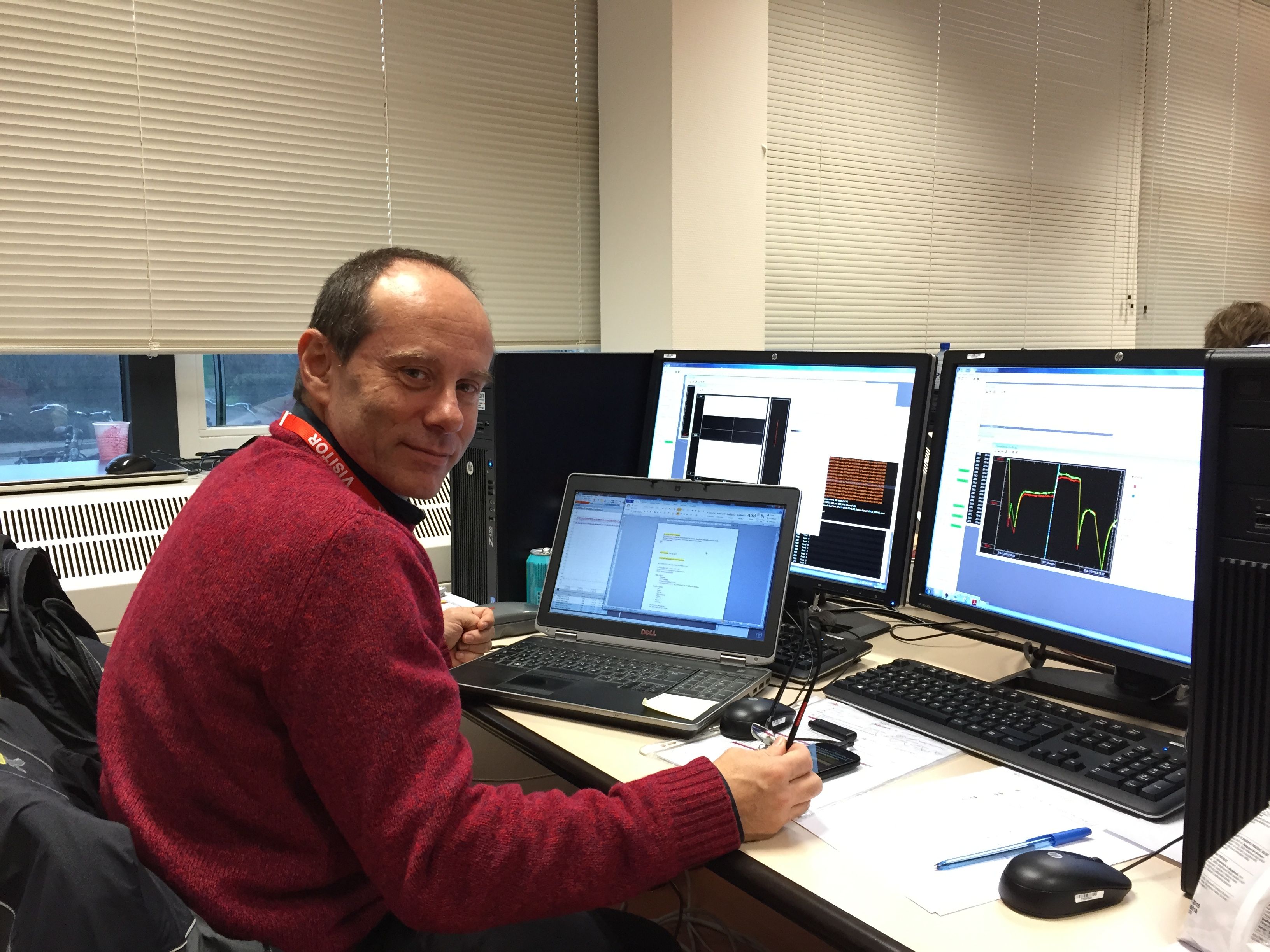 Pasquale Palumbo@desk Pasquale Palumbo@desk |
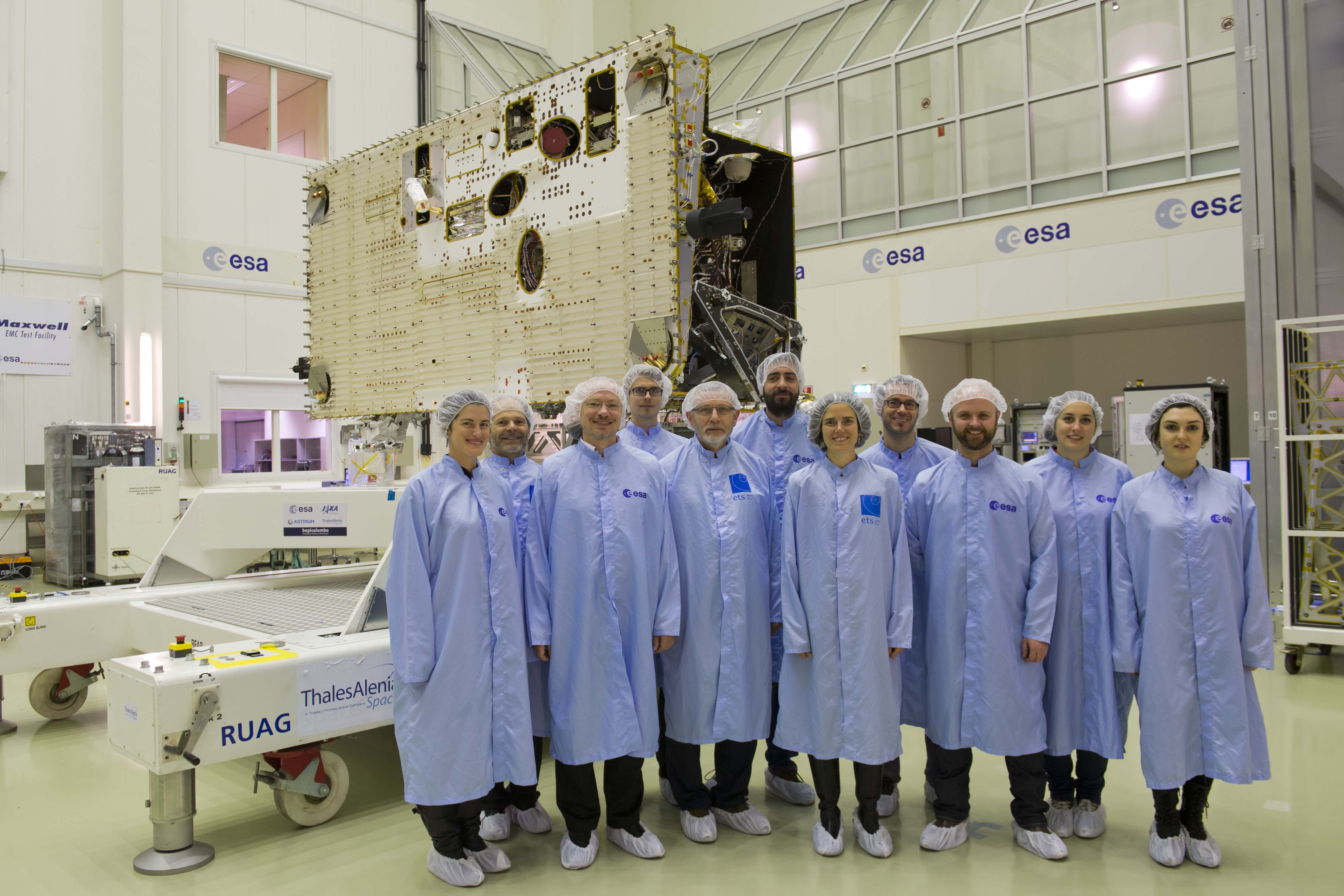 Part of the BepiColombo Team and the satellite Part of the BepiColombo Team and the satellite |
 The BepiColombo Team The BepiColombo Team |
|
Cristina Re and Emanuele Simioni presenters at the weekly appointment “Tè in orbita” on the occasion of the cycle of events “Rosetta cacciatrice di comete..e altre storie”- 24/10/2014
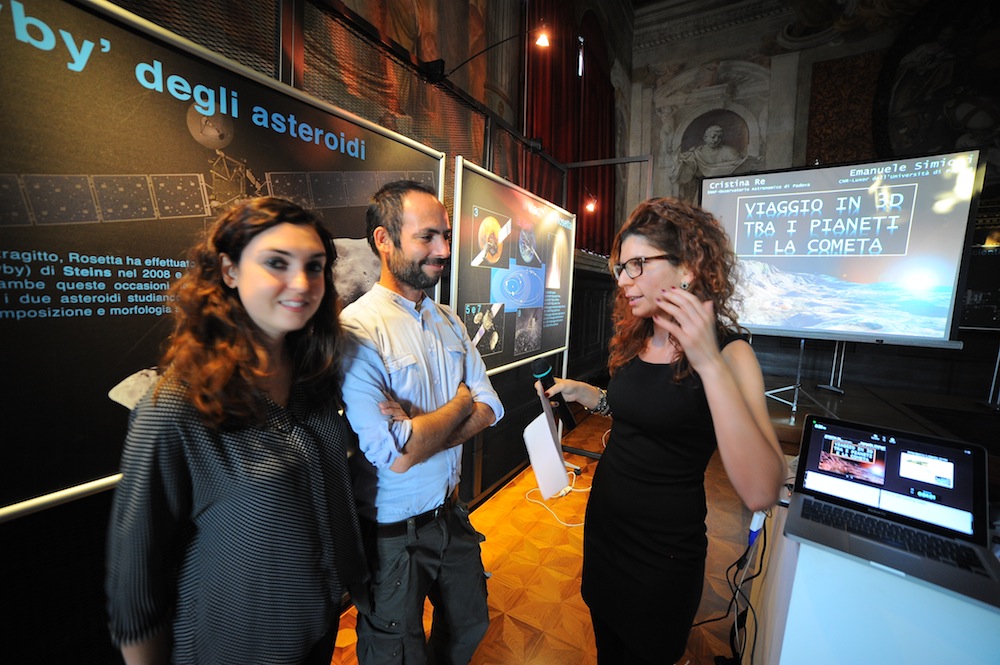 |
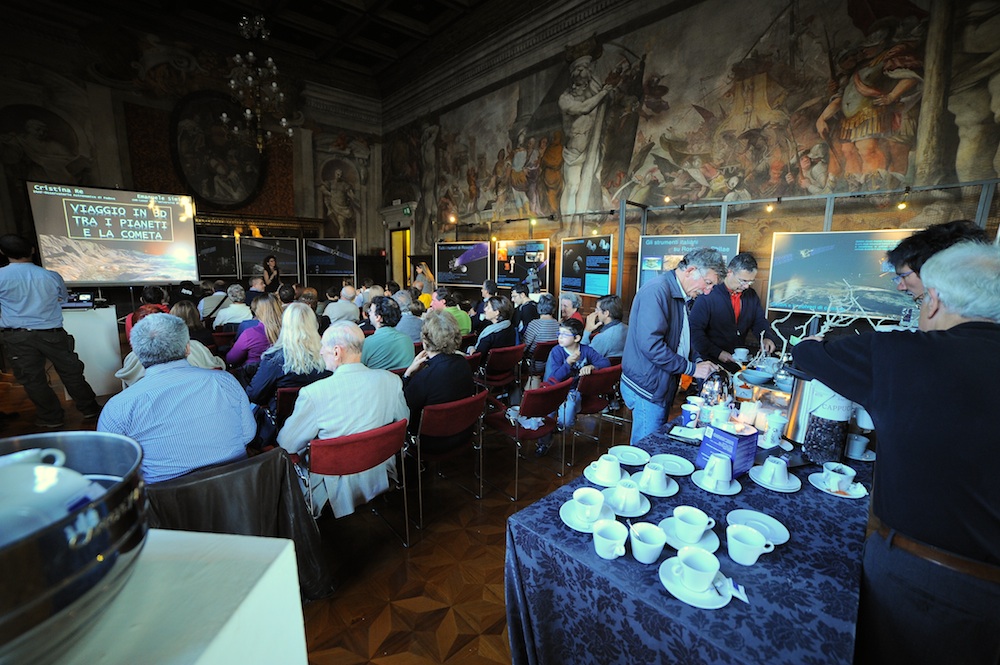 |
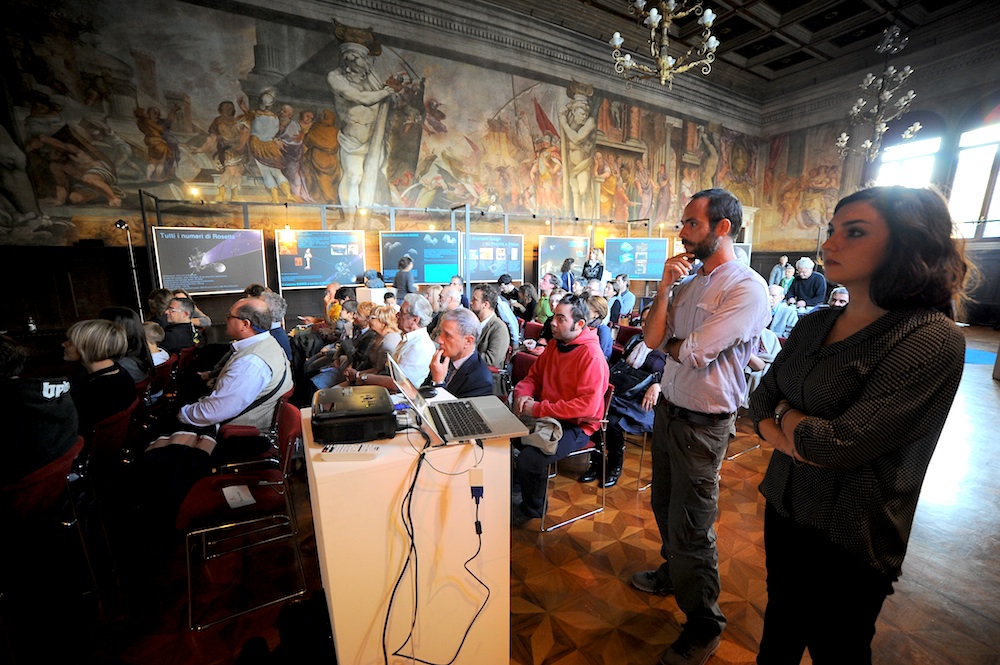 |
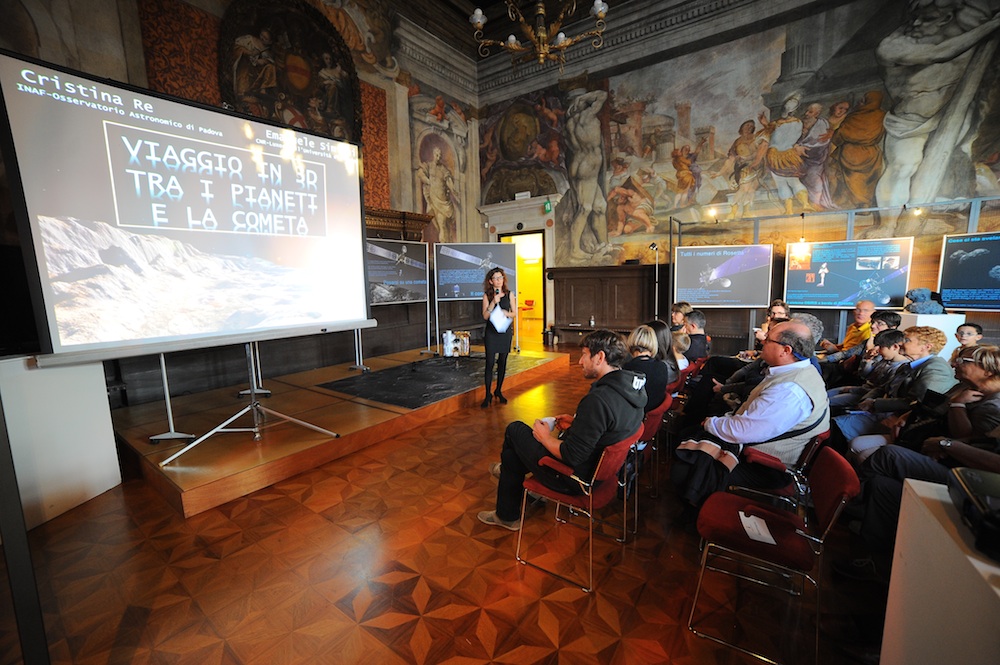 |

